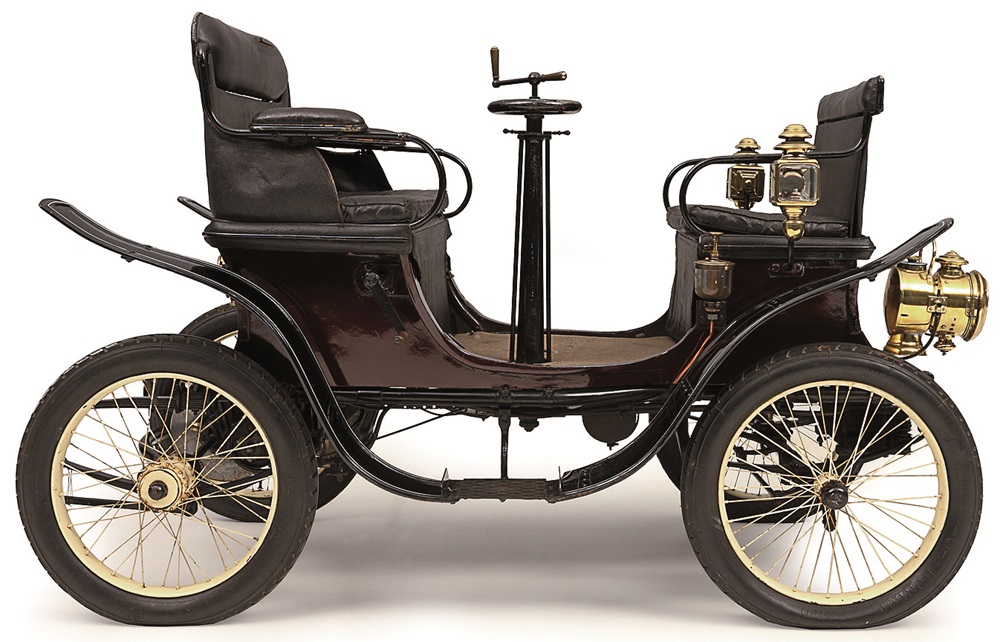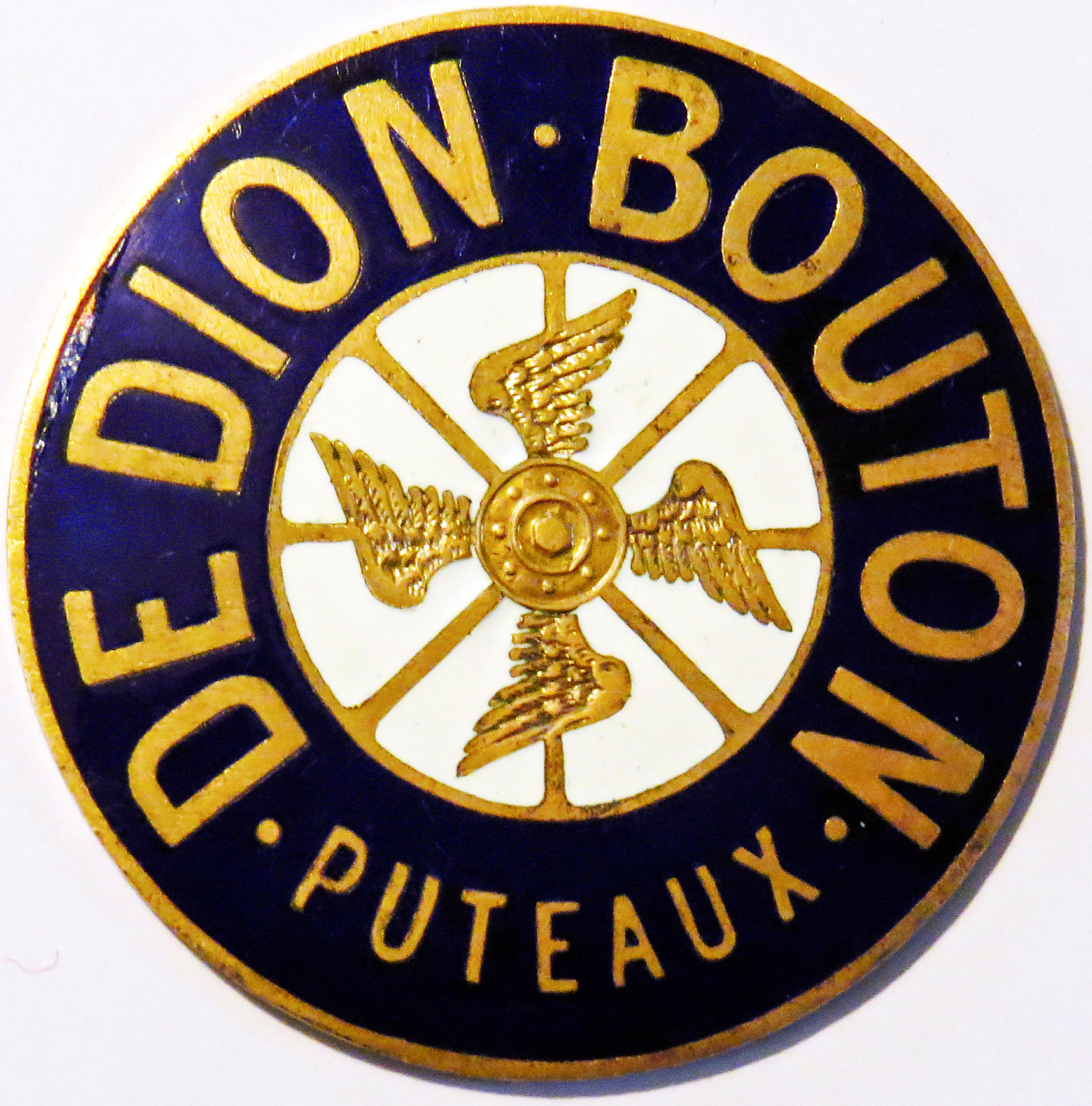1899 De Dion-Bouton 3.5-HP Vis-à-vis

The descriptions of the Classic Cars in the Directory were partly generated or supplemented with the help of artificial intelligence (AI). The content may occasionally not always be entirely accurate or factually correct despite careful checking.
The De Dion-Bouton 3.5-HP Vis-à-vis 1899 is a vintage automobile that is known for its technical excellence and refined design. This car is a prime example of the De Dion-Bouton engineering philosophy, which prioritizes precision and quality above all else. Built in 1899, the De Dion-Bouton 3.5-HP Vis-à-vis is one of the earliest examples of the company's automotive developments.
At the heart of this vintage automobile is its 3.5-liter engine, which generates a total of 3.5 horsepower. This may seem like a modest output by modern standards, but it was more than enough to propel the lightweight De Dion-Bouton 3.5-HP Vis-à-vis to impressive speeds for its time. The engine is a single-cylinder design, which makes it relatively simple in terms of construction and maintenance.
The engine is paired with a three-speed manual gearbox, which allows the driver to select the appropriate gear ratio for any given situation. This combination of powerful engine and responsive transmission makes for a thrilling driving experience, even by modern standards.
One of the most striking features of the De Dion-Bouton 3.5-HP Vis-à-vis is the unique body style. The car is a "vis-à-vis," which means "face to face" in French. This refers to the seating arrangement, which features two pairs of seats facing each other. This creates a cozy and intimate driving environment that is perfect for leisurely drives and romantic outings.
The car is also beautifully designed, with a sleek and flowing body that is both elegant and functional. To achieve this level of form and function, De Dion-Bouton used high-quality materials and cutting-edge construction techniques. For example, the car's frame is made of lightweight yet sturdy steel, which allows it to be both agile and strong.
The De Dion-Bouton 3.5-HP Vis-à-vis is a true masterpiece of automotive engineering, and it is a shining example of the attention to detail and technical excellence that De Dion-Bouton is known for. With its powerful engine, responsive transmission, and beautiful design, this vintage automobile is sure to turn heads wherever it goes.
Milestones
- De Dion-Bouton 3.5-HP Vis-à-vis was first introduced in 1899. - The vehicle had a top speed of 37 km/h (23 mph) and was considered one of the fastest cars of its time. - It had a lightweight design and was powered by a single-cylinder, air-cooled engine that produced 3.5 horsepower. - The car had a unique vis-à-vis seating arrangement, where the driver sat in the front-facing the passengers in the back. - It was one of the first cars to feature a shaft drive instead of a chain drive. - The De Dion-Bouton 3.5-HP Vis-à-vis played a significant role in the early history of automobiles and was a popular choice among early motorists. - The vehicle was featured in several historic events, including the Paris-Bordeaux-Paris race in 1899, where it won first place in its class. - The car was produced until 1902 and remained a popular choice among motorists throughout its production period.Technical
- The De Dion-Bouton 3.5-HP Vis-à-vis was a motorized carriage manufactured in France in 1899. - It had a 3.5 horsepower, single-cylinder, air-cooled engine. - The engine was located at the rear of the vehicle and powered the rear wheels via a chain drive. - The car's chassis was made of steel tubing and featured a front axle with independent suspension and a rear live axle with leaf springs. - The car weighed approximately 470 kg and had a top speed of around 35 km/h. - The De Dion-Bouton 3.5-HP Vis-à-vis had a seating capacity for four passengers while the driver sat on a separate seat in the back of the vehicle. - The car was designed with a "vis-à-vis" configuration, meaning that the passengers faced each other across the central aisle of the carriage. - Its wooden body was finished with black and green paint and decorated with gold pinstriping. - The car was fuelled by gasoline and had a fuel tank capacity of approximately 8 liters. - It was equipped with a surface carburetor and a trembler coil ignition system.